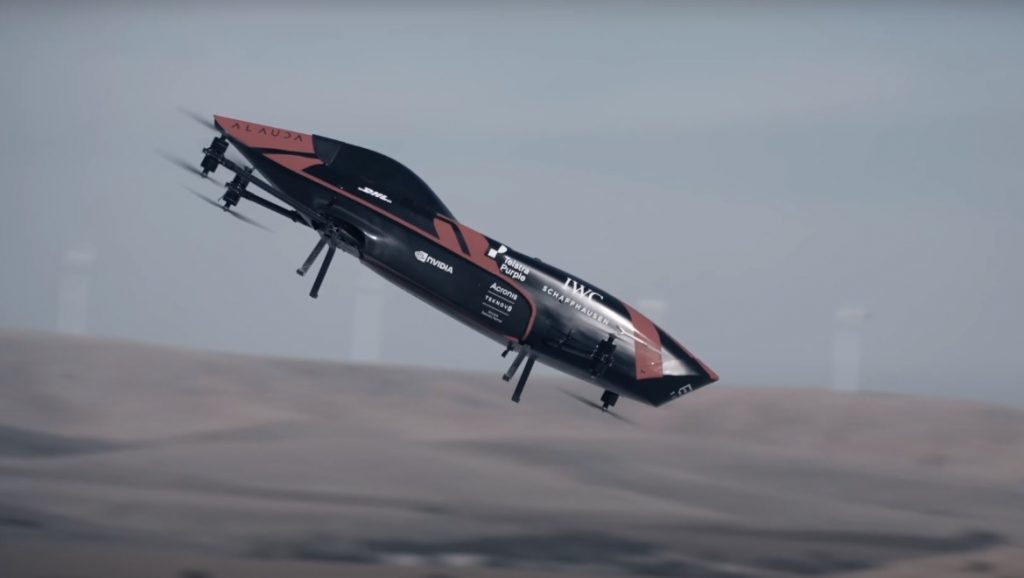The launch of the world’s first flying car racing series is a step closer after the Australian company behind it said it had completed its 250th test flight.
Alauda Aeronautics has been experimenting with the aircraft for the last 18 months in the South Australian desert, with tests including a 100km/h drag race.
It comes ahead of the planned launch of its EXA Series racing series this year, where the cars will hit top speeds of 300km/h and race over ice, sea, deserts, and forest locations globally. The company has released a new video, which you can view below.
Alauda and the Airspeeder racing championship are both owned by Matt Pearson, who hopes to transition the company to provide aircraft for private use.
“This follows a proven path from the luxury and performance automotive world,” said Alauda. “Companies like Ferrari established their legends on the race-track and then built road-going supercars to satisfy the demand for private performance machines.
“This ‘race it on Sunday, fly it on Monday’ approach and will create the private performance segment of the rapidly expanding global eVTOL industry.”
The company has already signed up prestige partners, including DHL, Telstra, and Amazon Web Services, as well as recruiting F1 driver Bruno Senna as a remote pilot.
Australian Aviation reported in June 2021 how Alauda conducted a drag race, which saw remotely piloted ‘Speeders’ in action 10m above the ground.
The first drag was an internal competition between two teams. The red liveried team (Bravo), was led by technical project manager, Brett Hill, who faced the black liveried team (Alpha), led by head of operations, Renee Fraser.
“The Mk3 Speeders flew at over 100 km/h and heights of 10m above the ground,” said Alauda Aeronautics.
“The garage was split into two teams with the Bravo crossing the line 3.2s quicker than Alpha. The drag race took place over 400m distance, as per the traditional quarter-mile drag racing protocol.
“As the race-craft move through their rapid development curves, they will race at up to 300 km/h in full race specification.”
Alauda said the remote pilots were given free rein to plot their own flight path to victory.
“The drag-race format was chosen as a pure demonstration of the performance and safety technologies that underpin the sport,” it said.
“In particular, the ‘Virtual Forcefield’ suite of LiDAR and RADAR powered safety systems that delivers close but ultimately safe racing. This will be heavily relied upon for full-grid circuit racing.”

















Richard Frawley
says:The amount of drag at 150knots will be rather significant, and with battery run times massively limiting already, so looking rather impractical still. Ballistic Shute anyone.. unlike current rotary aircraft which do autorotate. This won’t